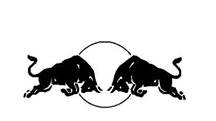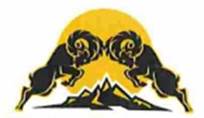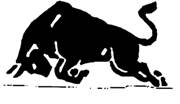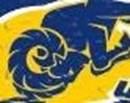B e f o r e :
Kelyn Bacon QC
(sitting as a Deputy Judge of the High Court)
____________________
Between:
| |
RED BULL GMBH
|
Claimant
|
| |
- and –
|
|
| |
(1) BIG HORN UK LIMITED
(2) VOLTINO EOOD
(3) LYUBOMIR ENCHEV
|
Defendant
|
____________________
Jacqueline Reid (instructed by Taylor Wessing) for the Claimant
The Third Defendant on his own behalf and on behalf of the First Defendant participated in person via telephone
Hearing dates: 15–17 January 2020
____________________
HTML VERSION OF JUDGMENT APPROVED�
____________________
Crown Copyright ©








